Features and Trends of Gothic Fashion
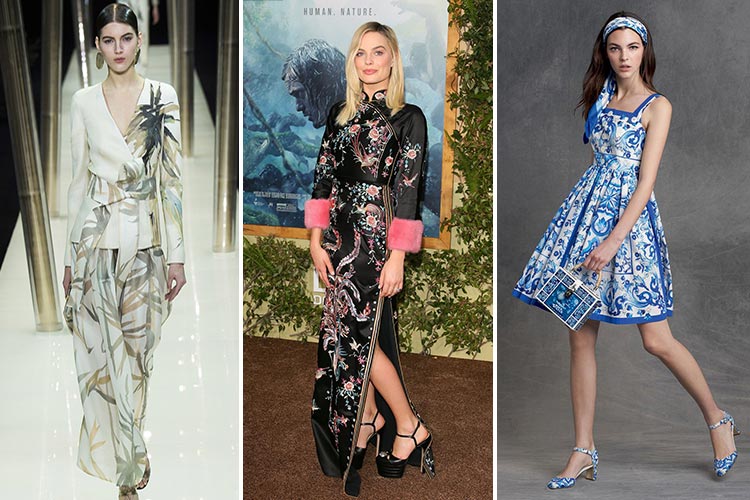
Today, Gothic style is fairly exploited in modern mass culture. You can see it at runways, red carpet events, in movies, tv shows, and music videos. Nevertheless, most people have a very vague notion of this style. A mishmash of associations with medieval cathedrals of Western Europe, savage and warlike northern tribes, and odd youth with black lips and metal-emblazoned outfits – that’s all most people can say about Gothic.
Meanwhile, the Gothic influence in modern fashion is growing exponentially, absorbing modern fashion trends and, at the same time, affecting them.
History of Modern Gothic
Despite the fact that the Gothic style appeared in the Middle Ages, the main features of its modern reincarnation established in the 1970s. At that time, punk music with its rebellious philosophy and the “live fast – die young” slogan gained tremendous popularity. However, the rise was followed by sharp a decline and decisive actions gave way to decadent moods. The riot was replaced with depressive decadence.
Initially, the new, or neo-Goths, were not much different from the punks of the 1970s and 1980s. They also rocked black clothes embellished with myriads of metal accessories and leather inserts. However, gradually the Gothic style had been acquiring its individual features. A pivotal role in the development of the neo-Gothic subculture was played by the legendary band Joy Division.
Modern Goths are young romantics detached from life. They are more interested in afterlife, vampires, and cemeteries. They learn life through pain and suffering, including physical. Hence the attributes of BDSM are normal among Gothic enthusiasts.
In the early 2000s, the Gothic style made its way into fashion shows. The first world-renowned designer to worship Gothic aesthetic was Alexander McQueen. Fashion critics described his Birds, Hunger, and Shining collections as “the return of Victorian drama.” The collections were bristling with black lace, puffy skirts, and ruffled blouses.
Myths and Truth about the Gothic Fashion
One of the main misconceptions is that gothic clothing must be black. Indeed, black color prevails in the Gothic style but it is totally wrong to believe that this is the only shade Gothic accepts. There are many examples where a completely white outfit could be attributed to the Gothic style, whereas a complex black dress can remain just a black dress. In this regard, it is important to know which features make fashion Gothic. Let’s try to figure it out.
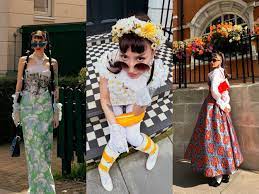 Gothic style appeals to the past or future
Gothic style appeals to the past or future
Long vintage gowns, hats with feathers, and corsets are one of the main attributes of the antique Gothic style. It is a no-brainer to understand that they draw inspiration from fashion trends of the past. On the other hand, protective masks and goggles, massive chunk-soled shoes worn by cyber Goths are an appeal to the post-apocalyptic future of our world.
Gothic style does not tolerate warm colors
Gothic fashion is cool and aristocratic. As they position themselves as “children of the night,” Goths do not wear pastel or ablaze colors with rare exceptions. They do not sunbath to remain pale and prefer accessories made of white metals such as silver, white gold, or, most often, low-cost metal alloys. Traditionally, white color symbolizes the cold deadly light of the Moon. It perfectly emphasizes the mourning Gothic attire and pallor of their faces.
You can rarely see precious stones in Gothic accessories. Perhaps, this is due to the fact that most jewelry adorned with jewels is made of gold and this metal is unacceptable for Goths. Moreover, in terms of color, gemstones are not suitable for gothic attire either. The only exception is sapphires and diamonds.
This said, semiprecious stones are a popular choice for Gothic jewelry. Cold-colored topaz, black opal, agate, jade, and other gems of black and white colors are welcome. You will also notice many accessories embellished with pearls, both natural (sea and river perals) and artificial ones.
The most popular color choice of Gothic fashion is all shades of black. The black color symbolized mourning for a life imbued with pain and suffering. Gothic clothing is normally made of velvet, satin and other materials that emphasize dark hues and make them look deep, noble, and dramatic. Gothic attire is frequently adorned with lace and light transparent materials as well as leather that is often used in accessories.
Gothic style is romantic and promotes individualism
For the followers of Gothic, this style is more than a set of clichés that associate Gothic with spikes, rivets, skulls, and vampire symbolism. For them, Gothic is foremost a way of self-expression. Hence any Goth has a huge number of homemade, handmade and bespoke-crafted items in his or her wardrobe. Gothic clothes act as a visual label via which people with a certain emotional mood can tell the other members of their community who they are. Through this peculiar and out of the ordinary style, Goths simultaneously assert themselves and “cure” their own sense of alienation.
Gothic style is tough and revolutionary
According to Valery Steele, an American fashion historian, the word “Gothic” is an epithet historically associated with images of death, destruction, and decay. This word was abusive in its nature, implying something dark, barbaric, gloomy, and creepy. Ironically, such negative interpretations made it an ideally suited symbol of rebellion. Therefore, it is a perfect fit to describe this gloomy and rebellious subculture.
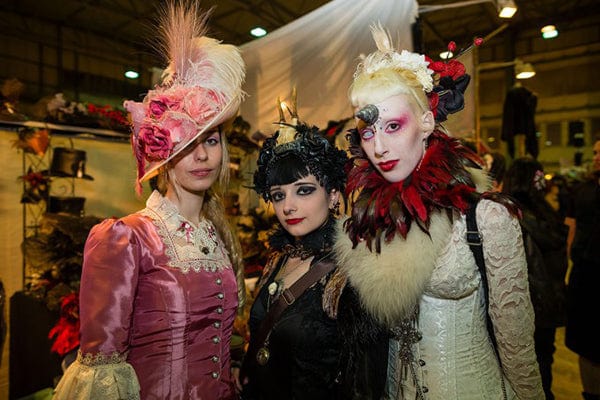 Gothic style is artistic
Gothic style is artistic
Gothic fashion attracts artistic, free-spirited, and open-minded individuals. The gothic community, in fact, consists of creative people – artists, dancers, musicians, designers, actors, etc. This is the reason for certain pomp of the Gothic fashion, its courtly mannerism, excessiveness and theatricality, as well as a scornful attitude towards naturalness and simplicity. Gothic clothing is complex in cut, replete with details and embellishment. Gothic hairstyles are like works of art, be it the fountain of the Louis XIV era, the combed lilac mohawk or a bush of green cyber gothic dreadlocks.
Gothic style appeals to mourning
The Gothic community is curious about the death, or rather, the philosophical and socio-cultural aspects of this phenomenon. Hence, the constant appeal of Gothic fashion to mourning motifs and black colors. Gothic style is panache and decadence of Dracula. Just like Dracula is considered to be both a dandy and a dark prince of elegance, so is a gothic person carries an image of a dandy and a vampire aristocrat. The image of the vampire introduces the idea of “erotic Macabre” into gothic fashion. There are stunning examples of the vampire sex appeal of modern fashion, for instance, John Galliano’s voluminous blood-red robe created for Dior.
Features of gothic fashion
The Middle Ages left an imprint on the appearance of these gloomy melancholic fatalists. For the most part, they adopted only a narrow, laced waist; otherwise the fashionable trends of that time have little in common with the appearance of modern Goths.
These grotesque personalities rather accept the role of Inquisition victims. They came to our world with a reminder of eternal grief, mourning, and frailty of being. But believe me, they are not going to die today. For them, the exquisite beauty of death is the way to present themselves to the world and be noticed.
So, how to recognize a Goth in the crowd? The Gothic fashion style has these features:
the predominance of black with contrasting accents, for example, white or red inserts, inlays, or elements of clothing;
other than black, Goths rock outfits of deep dark colors — purple, burgundy, green, blue, etc.;
clear silhouettes, straight or flowing lines prevail in clothes;
their clothes are eccentric, with a hint of 18+ fashion;
Gothesses wear vintage or, on the contrary, super modern dresses with a complex cut;
They rock voluminous skirts, both mini and maxi;
Their clothes include jabot, lace, and mesh elements;
They flaunt corsets and harness belts, mostly on top of their outfits;
The main materials for Gothic clothing are silk, velvet, denim, leather, lace. Organza, brocade, taffeta are also widely used. Their brilliance and radiance serve as a spectacular embellishment for Gothic costumes. Another essential element of Gothic attire is mesh, which can be seen in stockings, sleeves, shirts, etc.
As for footwear, besides traditional heavy unisex boots, Goth girls often flaunt in boots with lace, massive platform or high heels (Grinders, Dr. Martens boots, etc.). You can often see Goths in army boots or shoes with wide and fairly high heels. For solemn occasions, the Gothesses prefer shoes with a sky-high stiletto. A stout platform, an abundance of metal and leather inserts as well as embellishment and, of course, dark colors are the hallmarks of Gothic shoes.
Read Also: Keep your face towards the sunshine and shadows will fall behind you
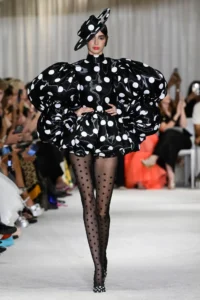 Goths are very fond of accessories, such as eccentric hats with a veil and long gloves. Instead of handbags, Goths flaunt large black backpacks or elegant mini valises. Original Gothic accessories are latex, leather or metal chokers. Another remarkable accessory is a lace or velvet umbrella to protect their pale skin against the burning sun.
Goths are very fond of accessories, such as eccentric hats with a veil and long gloves. Instead of handbags, Goths flaunt large black backpacks or elegant mini valises. Original Gothic accessories are latex, leather or metal chokers. Another remarkable accessory is a lace or velvet umbrella to protect their pale skin against the burning sun.
Goths adore massive white metal jewelry (silver, white gold or platinum). Yellow metals are absolutely unacceptable. Gothic jewelry is rings, bracelets, pendants, earrings, etc. emblazoned with Celtic crosses, dragons, bats, black cats, roses, skulls, etc.
Goths pull off expressive contrasts of dark hair and pale face. Classic Gothic hair style is straight black hair. A slightly dirty look is considered to be elegant. Such a hairstyle is common for both boys and girls who do not try to emphasize their belonging to a certain gender.
Romantic Goths, on the contrary, gravitate to curls and lush hairstyles. Many Goths prefer to dye their hair in vibrant red or ashy colors.
Gothic makeup is a thick layer of white powder on the face, black eyeliner, intense eye shadows, and a dark or blood-red matte lipstick. Nails are covered with red nailpolish as well.
Types of Gothic Fashion
Goths are divided into many subtypes: antique, renaissance, Victorian, cyber Goths, glittergoths, corporate goths, vampires, and many others. Most of these types are united by accented aristocratic style, craving for art, and general depressive moods, although some Gothic styles deviate from the canonical Gothic images.
Traditional Goths. Imagine a black-haired girl or a guy dressed in unisex outfits, flaunting a mesh top, leather pants or a tight skirt, torn black tights and shoes with a huge platform. Pale skin, piercing, eye-catching make-up – this is a common portrait of a traditional Goth.
Antique Goth. This style includes outfits stylized to resemble fashion trends of the 18-19 centuries. The main features of antique Goths are lace, elbows-length gloves, long dresses reaching the floor, corsets, and veils. Men rock cylinders and tailcoats. This style reflects the elements of romanticism and neo-gothic.
Victorian Gothic style is one of the varieties of the antique Gothic. Such outfits are suitable for Gothic balls, Victorian picnics, or photo shoots rather than for everyday wear. Nevertheless, the Victorian style or its individual elements occupy one of the most important places in Gothic fashion.
Gypsy Goths are exciting and beautiful in their own way. This style of clothing is characterized by wide maxi skirts and flamenco dresses with a complex structure. Gothic girls flaunt in blouses with wide sleeves and leather corsets. Common fabrics are velvet and lace. Preferred colors are dark blue, scarlet, burgundy, purple, dark green, and black. All the clothes are rather baggy.
One of the most famous and recognizable is the Vampire style. These Goths emulate popular movie “vampires”, such as Lestat de Lioncourt and Dracula. Vampire Gothesses tend to emphasize their sexuality and give their images a touch of drama. They achieve this with immaculately white skin and vibrant red shades in lipstick, manicure, and accessories. Men dress in camisoles, white shirts with ruffles, raincoats, and leather pants. The emphasis is placed on a juxtaposition of black and rich red colors symbolizing blood.
Cyber Gothic is a peculiar and quirky Gothic trend. This style harmoniously combines traditional Gothic and industrial elements in their outfits. The clothes are dominated by artificial fabrics, most often of bright acidic or fluorescent colors, over knee boots with extremely high platforms, and elements of cyberpunk culture. The most popular hair styles are dreadlocks or Mohawks. Girls prefer vinyl miniskirts, vibrant pantyhose and stockings, as well as tops revealing the back and belly. Both men and women rock tight pants (leggings) made of vinyl, leather or latex, T-shirts with thematic prints, mesh waistcoats with zippers, one-piece latex or PU suits.
Watch Also: https://www.youtube.com/@TravelsofTheWorld24





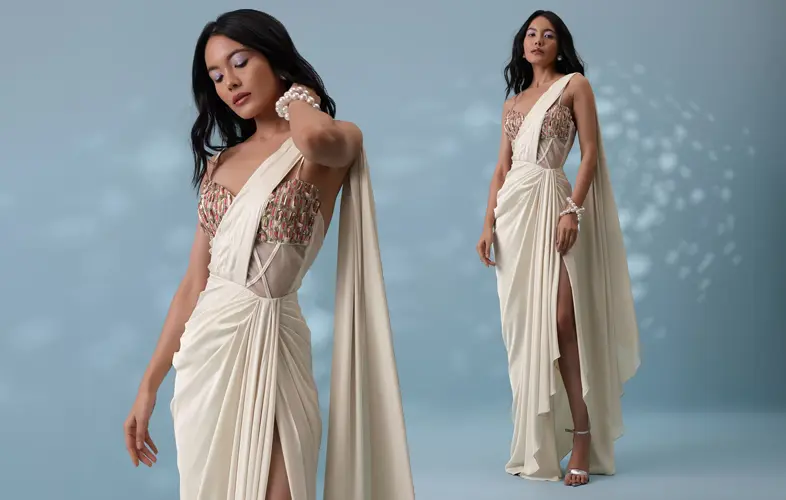

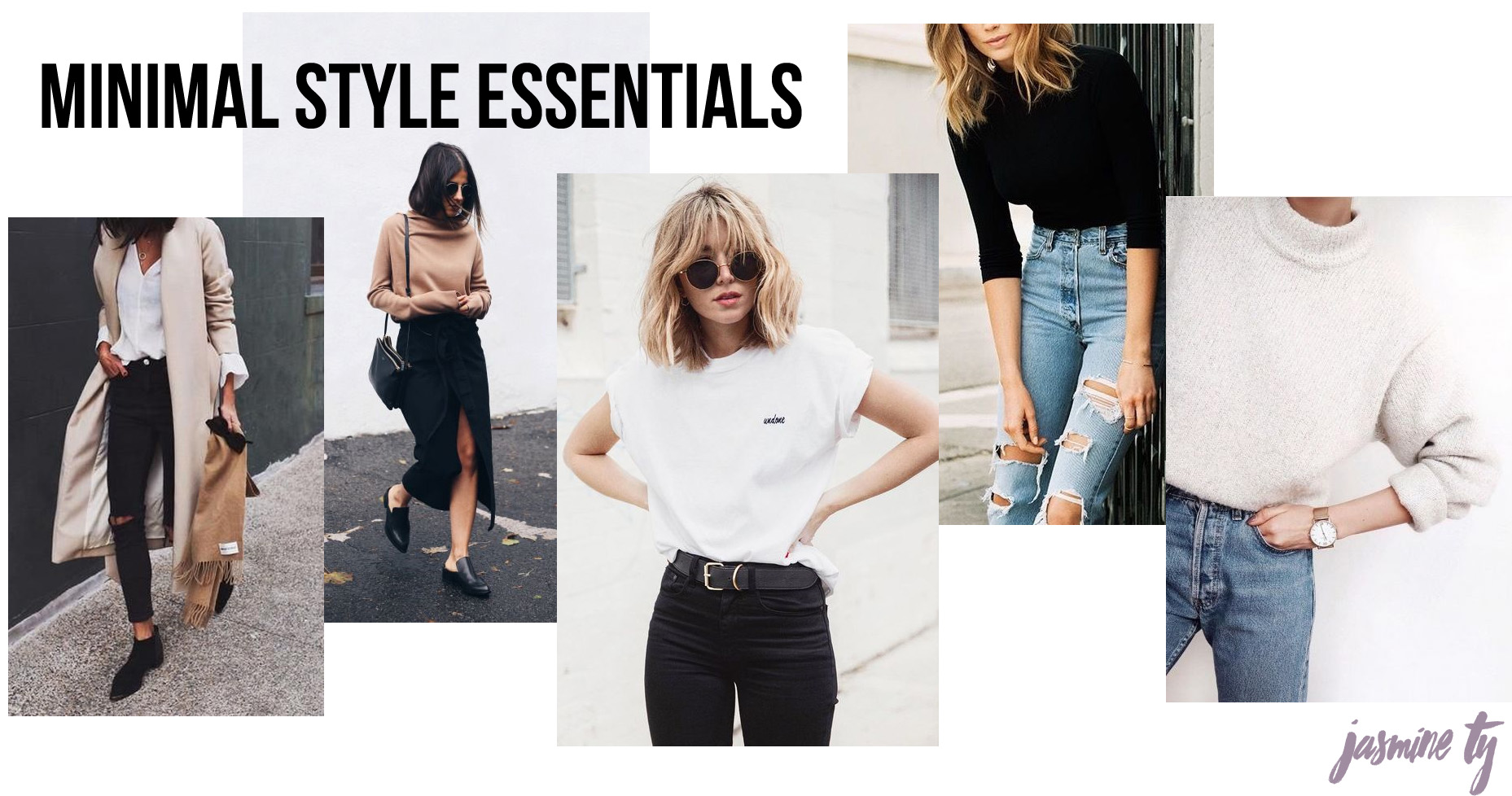






Leave a Reply